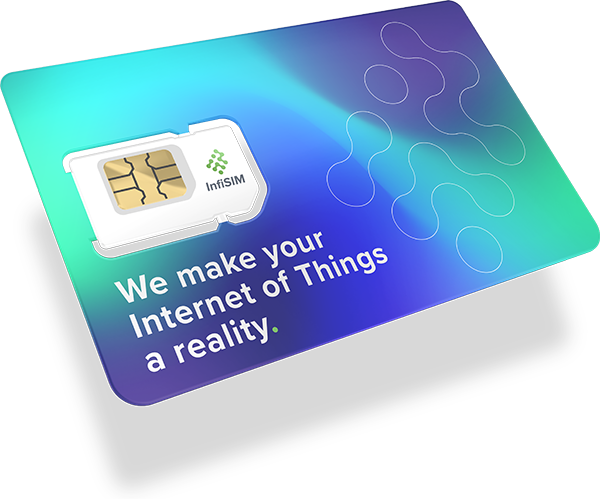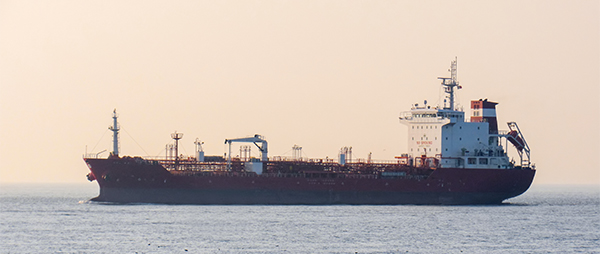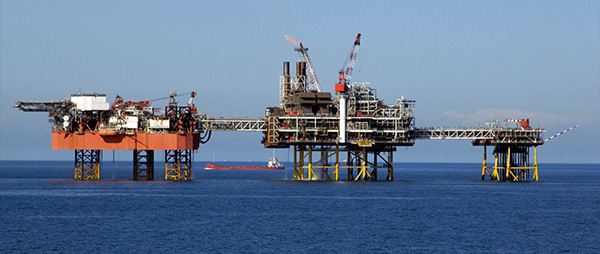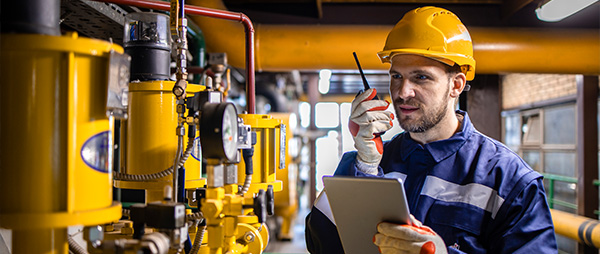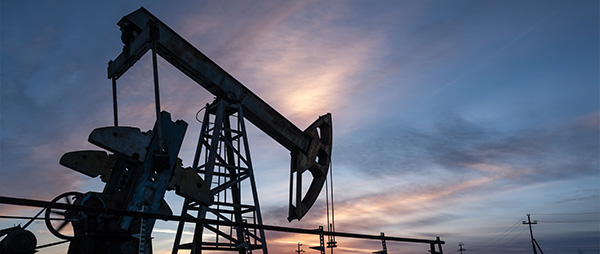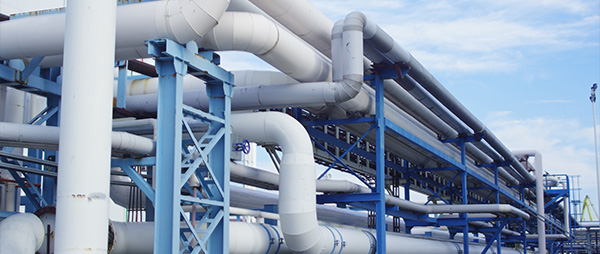Empowering analysis & performance .
IoT in oil & gas
Optimising operations in oil & gas with IoT
The Internet of Things (IoT) refers to connected devices and sensors that gather and transmit data to automate processes. In the oil and gas sector, IoT is gaining rapid adoption because it delivers real-time insights into everything from equipment performance to environmental conditions. By leveraging this technology, companies can optimise their operations, improve worker safety, and reduce environmental impact; key drivers for staying competitive in a demanding market.
Key applications of IoT in oil & gas
Benefits of IoT in the oil & gas industry
Challenges & considerations
Future trends & innovations
How to implement IoT in your oil & gas operations
1. Assess your organisation’s needs
Identify operational bottlenecks, safety gaps, and environmental considerations to define the scope of your IoT project.
2. Choose the right technology
Select sensors, platforms, and communication protocols that align with your production goals and existing infrastructure.
3. Partner with experts
Collaborate with IoT specialists who understand both the technology and the unique challenges of the oil and gas industry.
4. Pilot testing
Conduct a controlled trial to verify solution performance, gather data, and refine system settings.
5. Scale up
Roll out your solution to additional sites or assets once you’ve validated its benefits and return on investment.
6. Continuous improvement
Use ongoing performance data to adjust and enhance your IoT strategy, ensuring long-term effectiveness and adaptability.
Why use InfiSIM for your oil & gas project?
IoT solutions are becoming indispensable in the oil and gas industry, powering real-time monitoring, predictive analytics, and automation across every stage of the value chain. Companies that embrace IoT can expect to see lower costs, fewer risks, and higher operational efficiency. By integrating these technologies now, businesses stay ahead of regulatory changes and market competition while paving the way for a more sustainable future.
Get in touch to learn more about our M2M solutions
Ready to optimise your operations with IoT? Contact our expert team for custom consulting, tailored solutions, and reliable support. We specialise in delivering end-to-end IoT connectivity services that drive efficiency, enhance safety, and ensure sustainability in the oil and gas sector.
